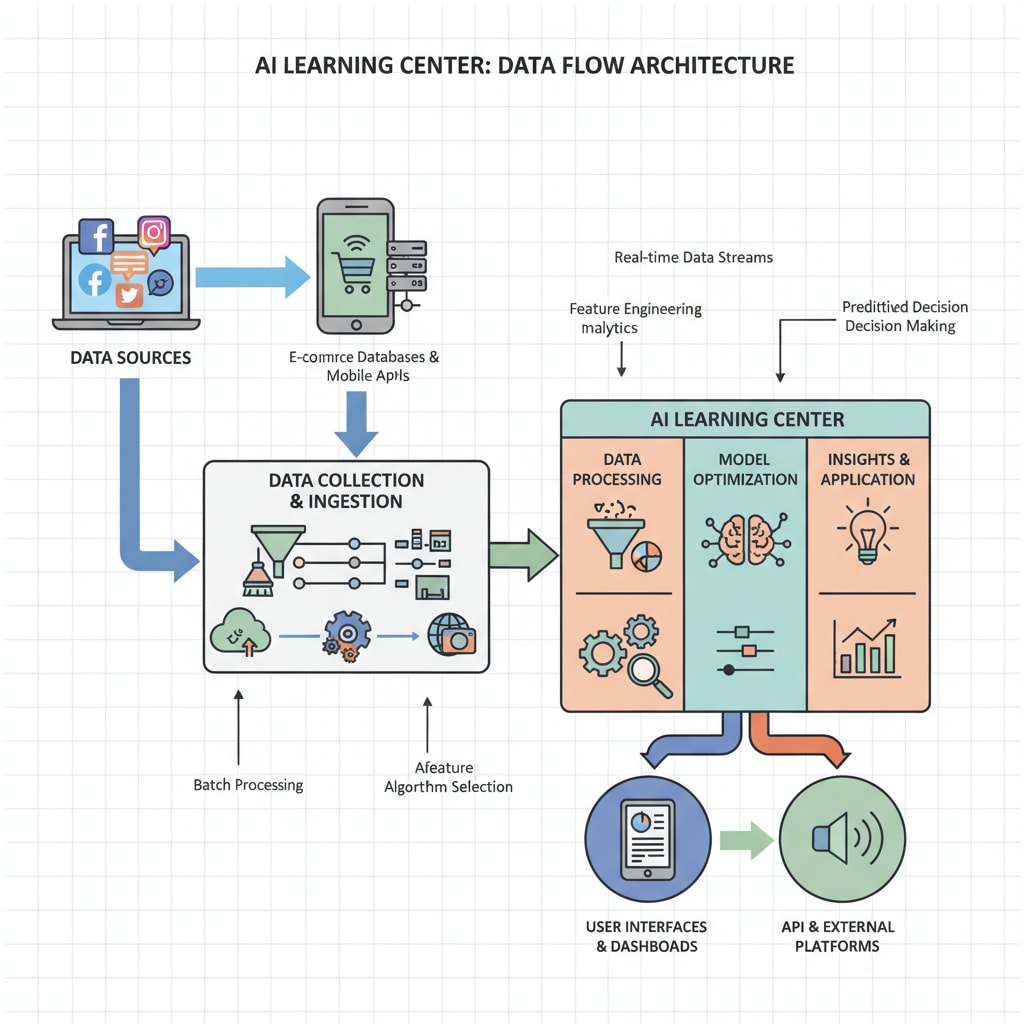In the realm of K12 education today, the concepts of AI learning center, data integration, and teaching efficiency are of utmost importance. Student learning data is currently dispersed across numerous platforms, posing a significant challenge to educators. Teachers often find themselves struggling with the arduous task of data integration, which consumes a great deal of their time and energy. However, a potential solution lies in the construction of a unified AI learning center.

The Problem of Scattered Data in K12 Education
In the modern educational landscape, a multitude of digital tools and platforms are employed to facilitate student learning. These include learning management systems, educational apps, and online assessment platforms. As a result, student data such as test scores, assignment completion rates, and participation levels are spread across these various platforms. For example, one platform may focus on math learning and store relevant data, while another is dedicated to language arts. This fragmentation makes it difficult for teachers to obtain a holistic view of a student’s learning progress. According to Education Week, this data dispersion has become a major hurdle in providing personalized instruction.
The Role of an AI Learning Center in Data Integration
An AI learning center can serve as a powerful solution to this problem. It has the ability to gather and integrate data from multiple sources. Through advanced algorithms and machine learning techniques, it can analyze this data in a meaningful way. For instance, it can identify patterns in a student’s learning behavior over time. If a student consistently struggles with a particular type of math problem across different assessment platforms, the AI learning center can detect this trend. This integration process is crucial as it provides teachers with a comprehensive student learning portrait. As stated by International Society for Technology in Education, integrated data can empower educators to make more informed decisions.

Once the data is integrated, the AI learning center can enhance teaching efficiency in several ways. Teachers no longer need to spend hours sifting through different platforms to understand a student’s performance. Instead, they can access all the relevant information in one place. This allows them to plan more targeted lessons. For example, if the data reveals that a group of students is weak in a specific topic, the teacher can design specialized activities to address those gaps. Moreover, the AI learning center can provide real-time feedback to teachers, enabling them to adjust their teaching strategies promptly.
Readability guidance: As we’ve seen, the problems of scattered data in K12 education are significant. However, the establishment of an AI learning center offers a promising solution. By integrating data and providing valuable insights, it has the potential to transform teaching efficiency and ultimately improve the quality of education for students.


